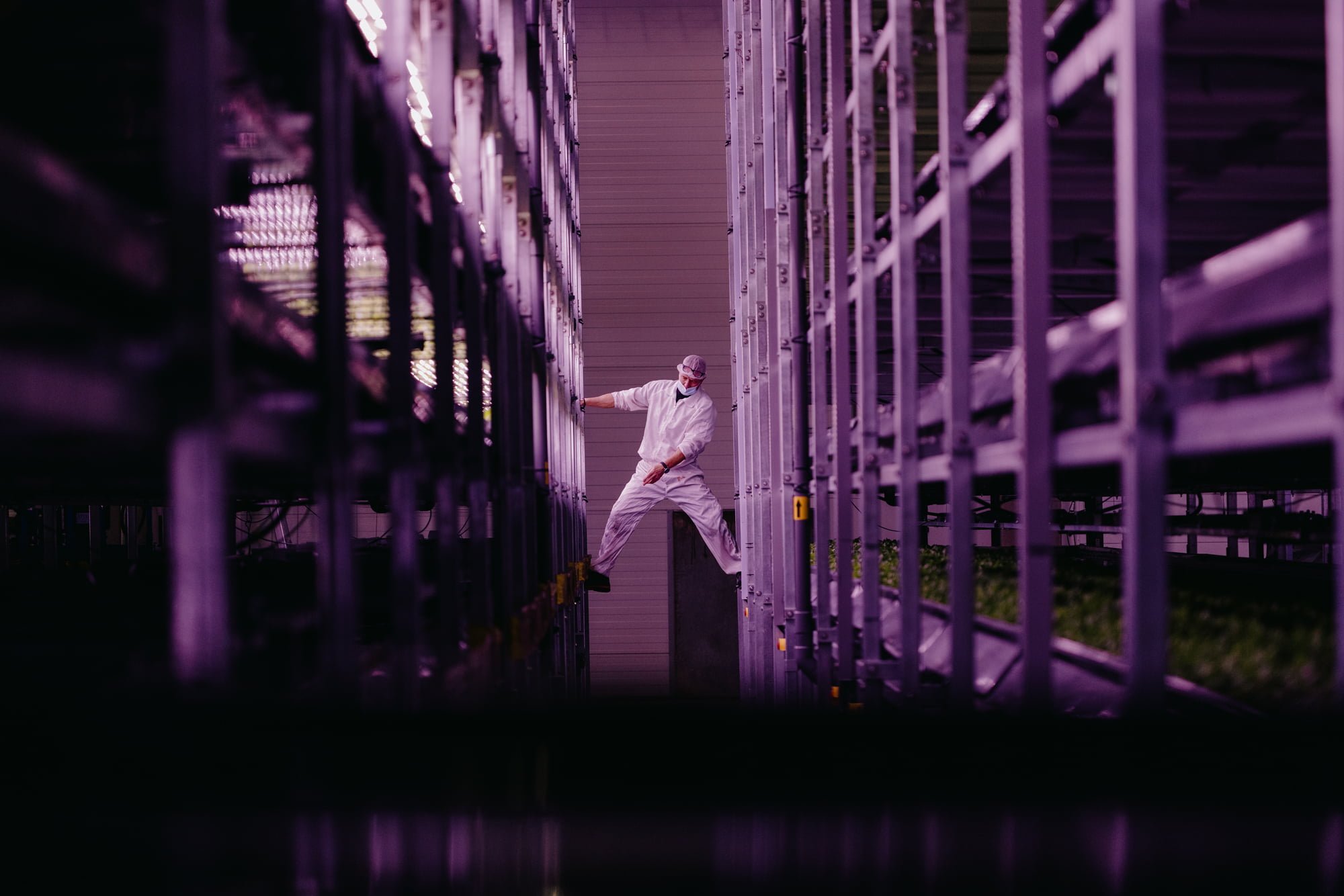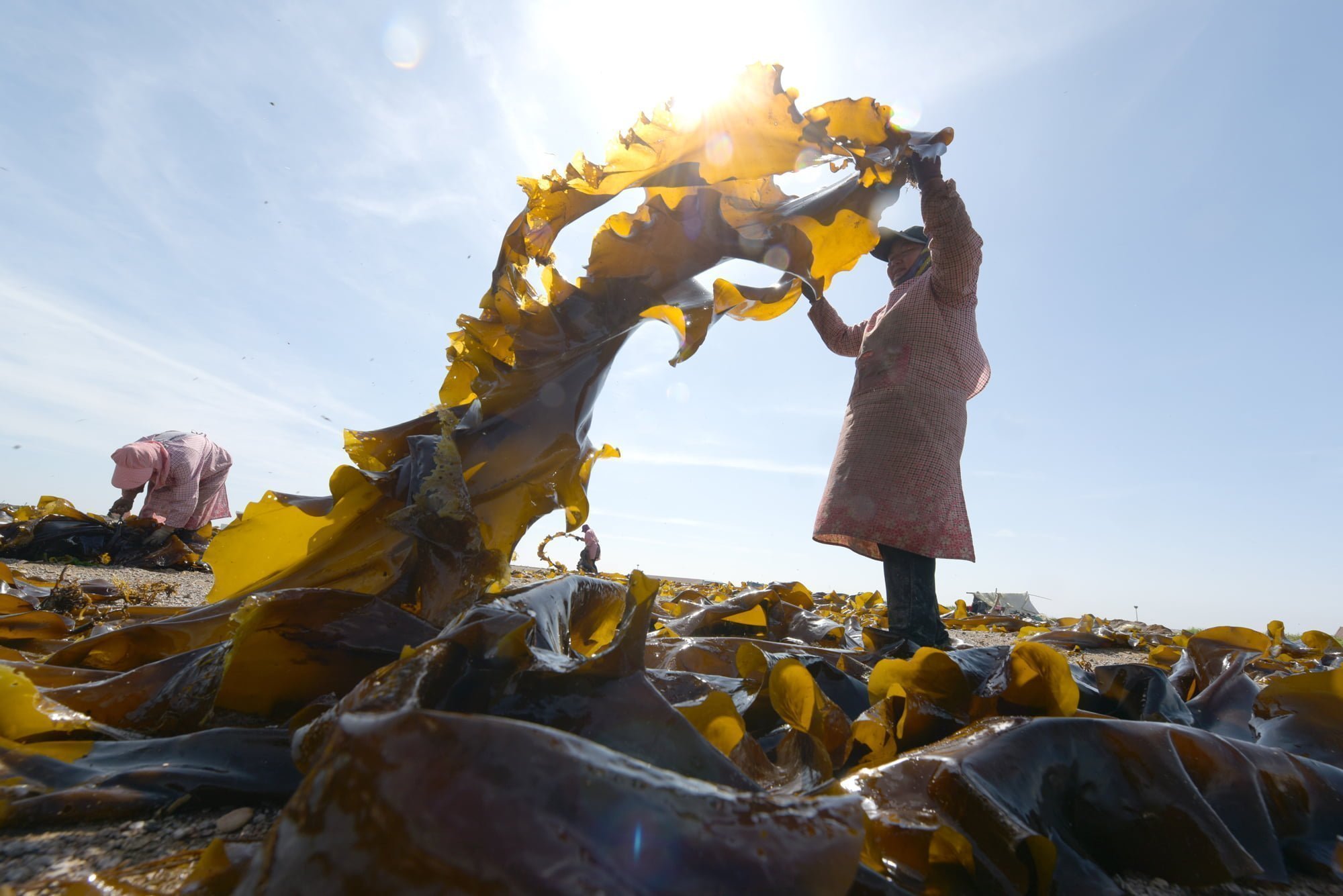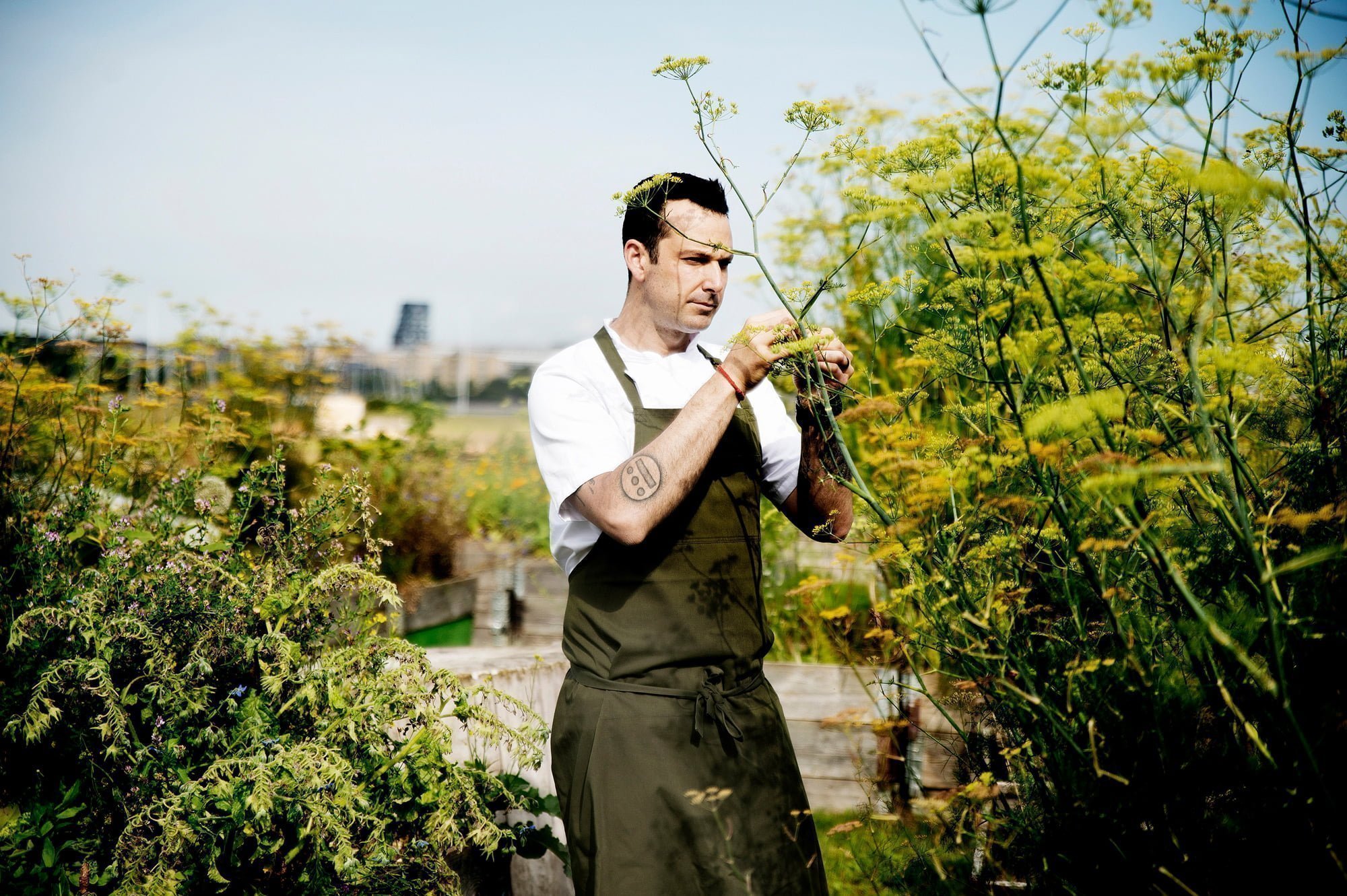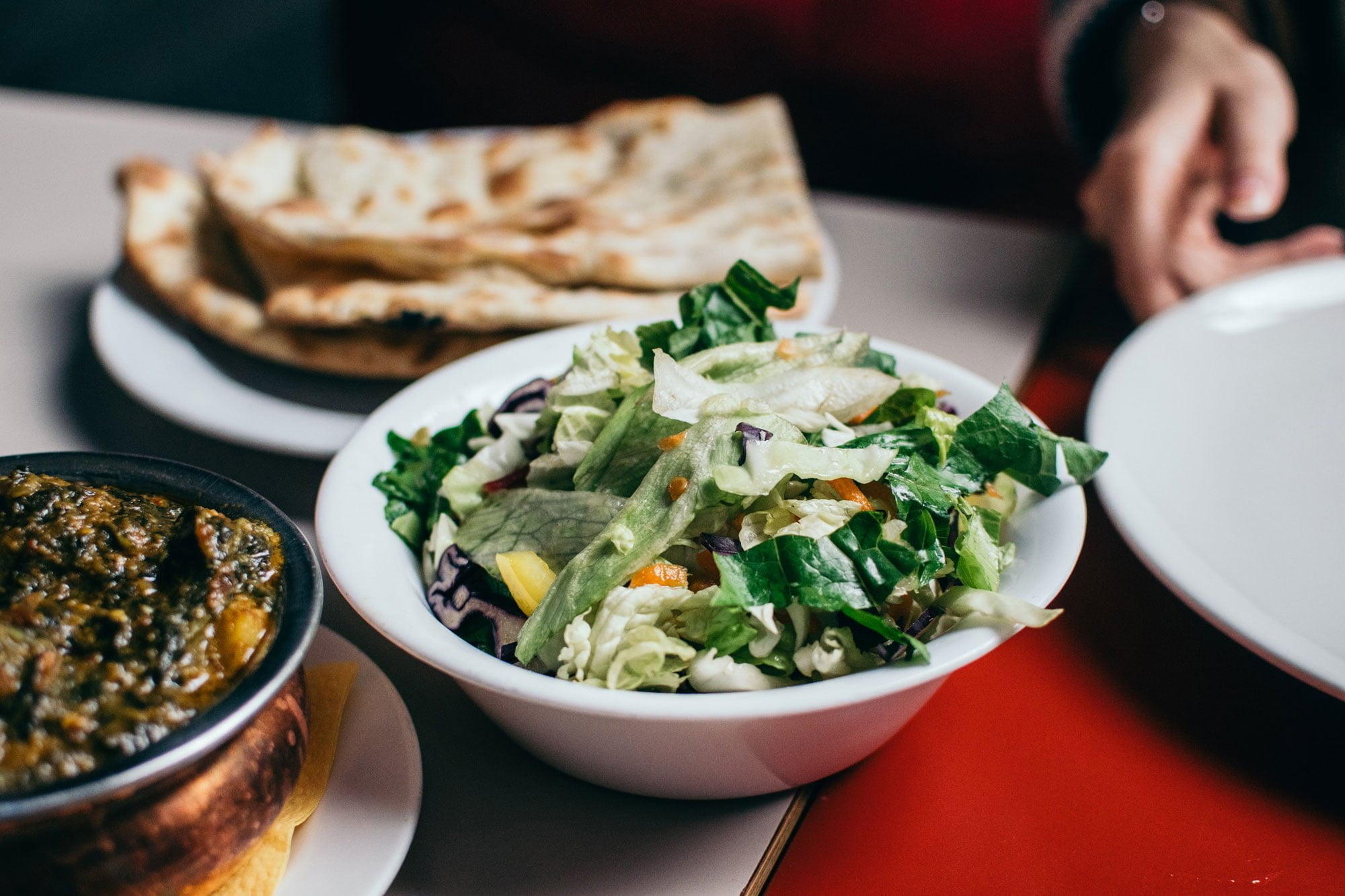It may not look how we expect a farm to look, but vertical farms like this one near Copenhagen, Denmark are supplying more and more greens to city dwellers, while using minimal land and no pesticides. Grab your boots – or rather, your white coat – and take a look around.
About thirty minutes from Copenhagen stands a cavernous warehouse bathed in an otherworldly purple light. The shelves are stacked ten metres high, pumped with water and nutrients – and all filled with crisp baby salads.
Nordic Harvest is a Danish startup on a mission to upend traditional agriculture through vertical farming, a technique that promises to reduce pollution, eliminate water waste, and even produce better crops. Founder Anders Riemann, a former shipping analyst who became disenchanted with his 9-5 job, says his ultimate goal is to shrink the footprint of the veggies we eat – both in terms of land use and their impact on the environment.
“Every day is a perfect growing day”
Anders Riemann, founder of Nordic Harvest



“The biggest reason for the climate crisis that we’re in is the way we produce food,” Riemann says. “How do we get our forests back?” His answer is a 7,000-square-metre vertical farm, which he believes is Europe’s largest.
Vertical farms are the high-rise condos of the agriculture world, combining hydroponics – growing plants with water instead of soil – with a high-density planting system that maximises land use. At Nordic Harvest, seeds are planted in nutrient-rich jelly blobs that sit in a shared bath of water, with layer upon layer of these miniature fields stacked to the ceiling. Because it’s a clean, controlled environment, there’s no need for chemicals to fight pests, bacteria or fungi.


The purple lights are tuned to help plants grow fast and strong.

The most economical crops to grow are ones where the whole plant is edible.

“The effective growing area (of the 0.7 hectare facility) would be similar to 150 hectares on farmland,” Riemann says. And since the plants grow inside, with climate control and light carefully tailored to their needs, “every day is a perfect growing day.” Nordic Harvest expects to harvest 15 times a year. With just 20 football fields’ worth of vertical farms, Denmark could meet all its needs for salads and herbs, the company says. And every square metre not used for farming outdoors, can potentially be returned to nature, protecting the climate.
Modern vertical farms have been around in some form or fashion since 1999, when the idea was popularised by Columbia University professor – and Riemann’s mentor – Dickson Despommier. Big strides in LED technology in the 2010s have helped vertical farming become more energy efficient – making it economically as well as ecologically sustainable. Despommier and Riemann realised Denmark would be an ideal proving ground for a large-scale vertical farm since electricity is consistently clean and affordable – almost half of Denmark’s electricity is supplied by wind – while groceries are relatively pricey. “Also due to the high penetration of organic produce in Denmark,” Riemann says. “Customers have demonstrated that they’re willing to pay a higher price to avoid pesticides.”

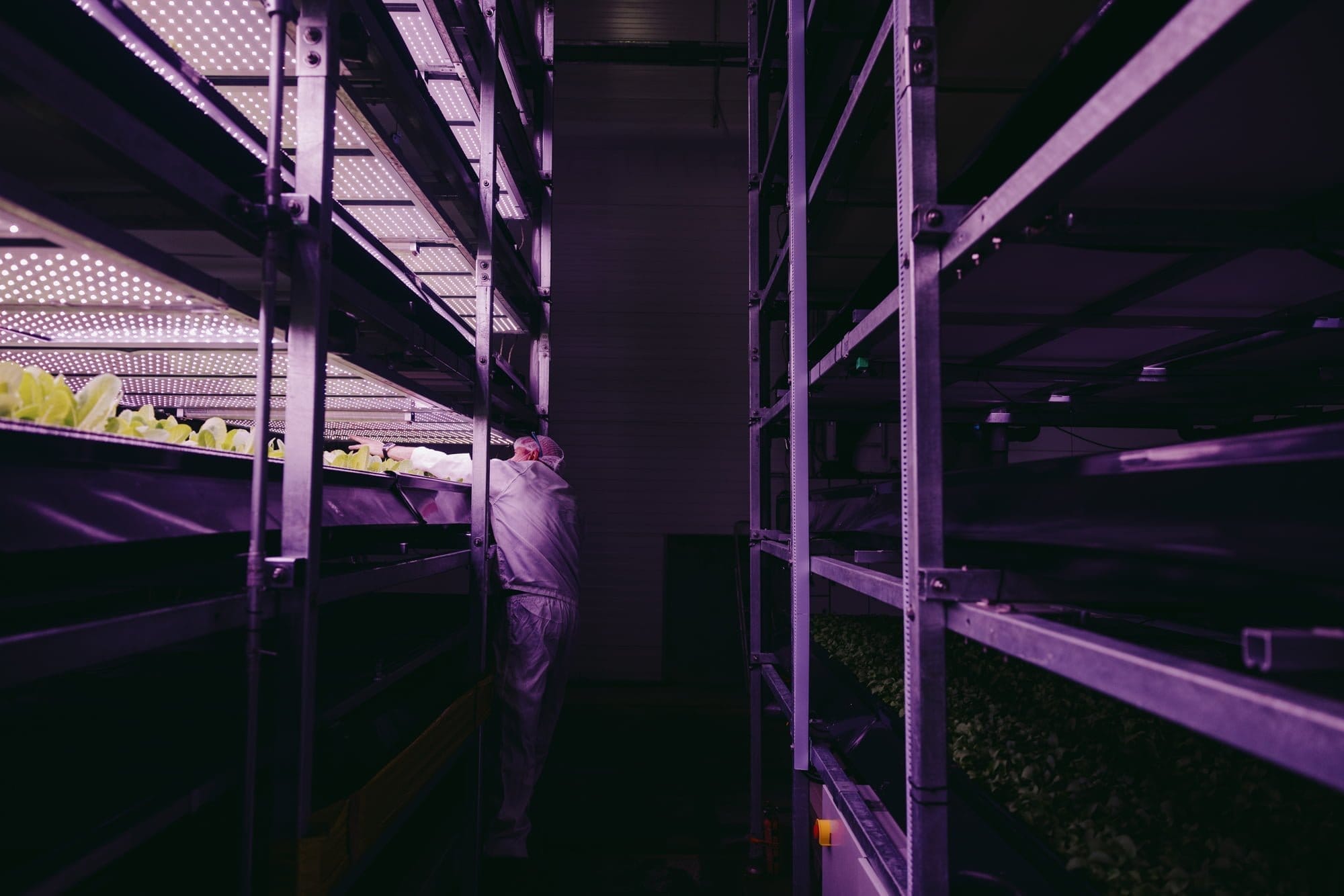

But what to grow? In vertical farming, light is money, so Riemann was looking for the highest return on his photosynthesis. “Growing a tomato – well, you first have to use photosynthesis for growing a stem and some leaves, and then afterwards comes the fruit, which do not have such a high price per gram in the supermarkets,” Riemann says. “But kale? You can sell all the photosynthesis,” he explains. “Everything over the roots can be sold at a very high price.”
After raising $10 million (€9 million) in seed capital and retrofitting the warehouse, Nordic Harvest began its first commercial growing season in April 2021. They grow eleven leafy plants: five lettuces, four herbs, baby spinach and kale. With customers including some of Denmark’s biggest grocery stores, as well as company canteens, restaurants and hotels, the farm is on track to harvest 200 tons of leafy greens in its first year.

Here, every day is a perfect growing day, says Anders Riemann.
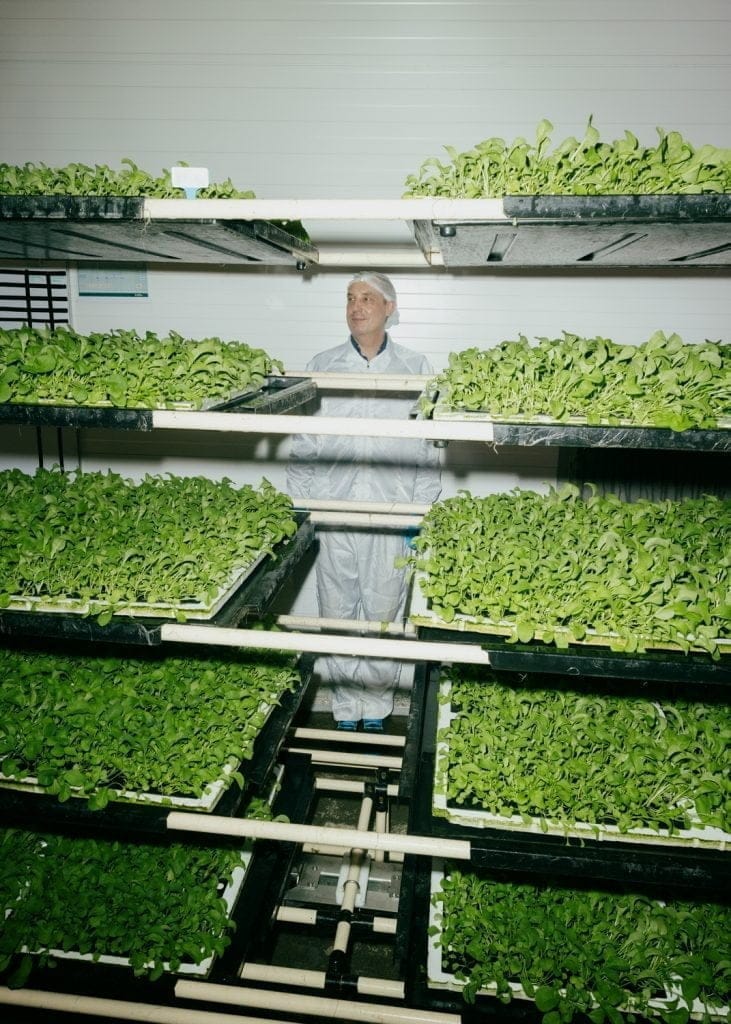
Today Denmark imports the majority of its salads and herbs. With more vertical farms, it wouldn’t have to import any, says Riemann.


While Nordic Harvest can compete with traditional farmers in the leafy green market, vertical farming isn’t a one-size-fits-all solution to feeding the world – at least not right now. In places where clean energy isn’t available, the environmental benefits are undermined, and if traditionally grown produce is available cheaply, it’s hard to compete. However, Riemann is optimistic that with further advances in LED technology and selective breeding, the sums can be made to add up for a wider variety of produce.
“Vertical farming is an industry that’s starting now,” Riemann says. “It can be profitable.”
Grow your knowledge
Check out Nordic Harvest’s own site to learn more about vertical farming.
Find out moreLearn to grow your own greens at home with the Masterclass guide.
Find out moreThe future of food
